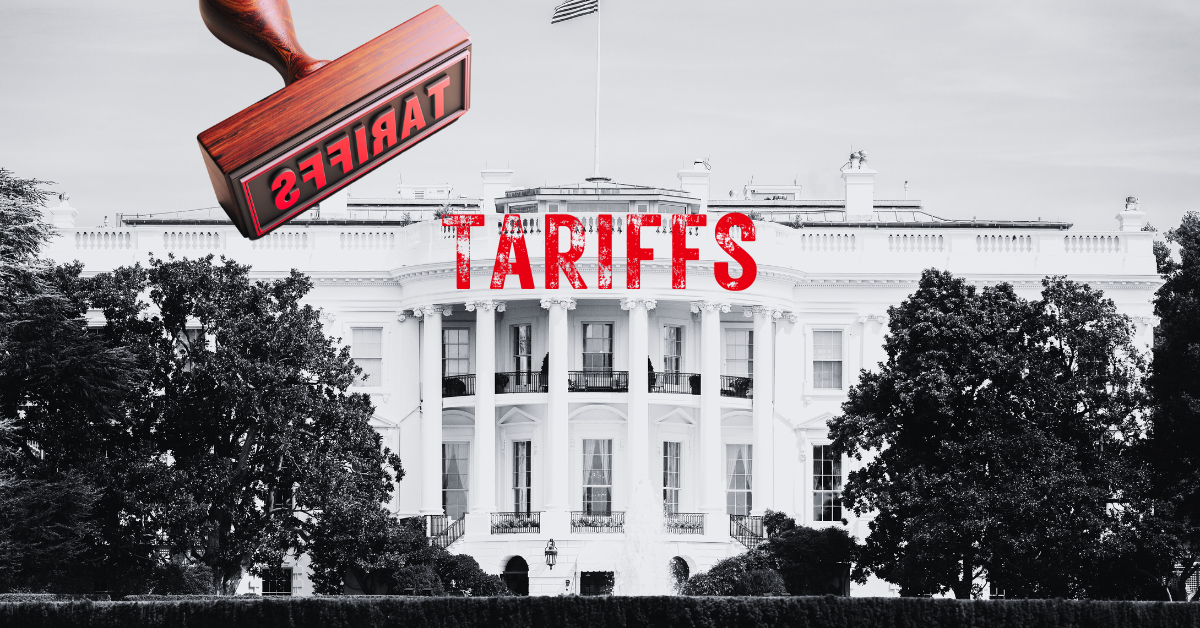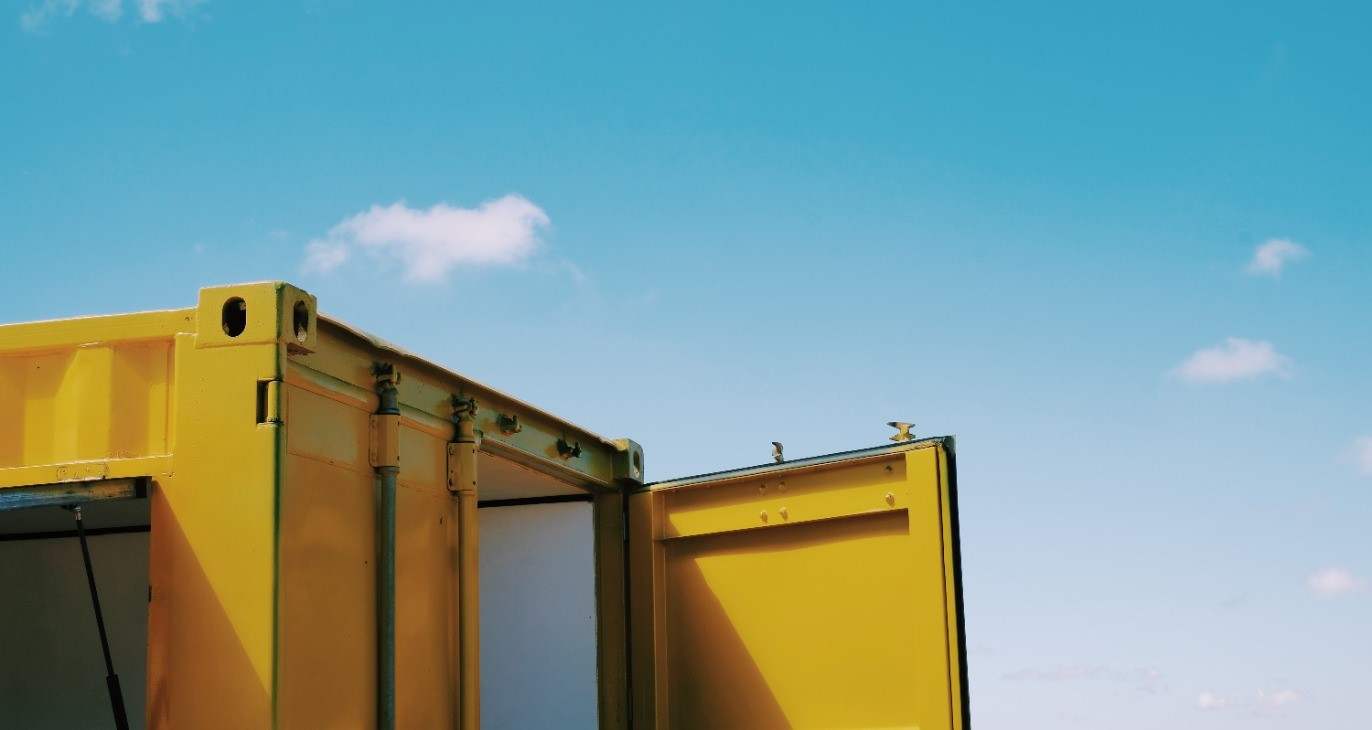Reciprocal Tariffs Start April 5 at 10%
3 April 2025 03 MINS. Read USA

Updated April 7, 2025
On April 2, 2025, President Trump announced reciprocal tariffs on goods from all countries starting on April 5, 2025 at 10%. Next, on April 9, 2025, if Annex I of the tariff action lists a higher tariff for a specific country, then the rate for goods made in that country will increase. Meanwhile, countries without a specific rate will continue being assessed at 10%.
The IEEPA Reciprocal Tariff action has several exclusions from the tariffs including a list of tariff classifications that are exempt. The President reserves the right to increase or expand the duties in the case a trading partner retaliates against the U.S. in response to this action, or in the case that U.S. manufacturing capacity and output continues to worsen.
Fact Sheet Summary
In a Fact Sheet released by the White House, the tariffs and key points are summarized.
- April 5, 2025: IEEPA tariff of 10% on all countries
- April 9, 2025: Individualized reciprocal higher tariff on countries with which the US has the largest trade deficit
- All other countries will continue to be subject to the original 10% tariff baseline
- Excluded:
- articles subject to 50 USC 1702(b)
- steel and aluminum articles and autos/auto parts already subject to Section 232 tariffs
- copper, pharmaceuticals, semiconductors, and lumber articles
- all articles that may become subject to future Section 232 tariffs
- bullion
- energy and other certain minerals that are not available in the United States
- Canada & Mexico, existing IEEPA orders remain in effect. USMCA compliant goods will continue to see a 0% tariff, non-USMCA has 25% tariff and non-USMCA compliant energy and potash have 10% tariff. If IEEPA orders are terminated, USMCA compliant goods would continue receiving preferential treatment, while non-USMCA compliant goods would be subject to a 12% reciprocal tariff.
In-Transit Exception
- Goods loaded onto a vessel at the port of loading and in transit on the final mode of transit before 12:01 a.m. eastern daylight time on April 5, 2025, and entered for consumption or withdrawn from warehouse for consumption after 12:01 a.m. eastern daylight time on April 5, 2025, shall not be subject to such additional duty.
- Goods loaded onto a vessel at the port of loading and in transit on the final mode of transit before 12:01 a.m. eastern daylight time on April 9, 2025, and entered for consumption or withdrawn from warehouse for consumption after 12:01 a.m. eastern daylight time on April 9, 2025, shall not be subject to these country-specific ad valorem rates of duty set forth in Annex I to this order.
Exclusions
- All articles that are encompassed by 50 U.S.C. 1702(b)
- All articles and derivatives of steel and aluminum subject to the duties imposed pursuant to section 232.
- All automobiles and automotive parts subject to additional duties imposed pursuant to section 232.
- Other products enumerated in Annex II to this order, including copper, pharmaceuticals, semiconductors, lumber articles, certain critical minerals, and energy and energy products
- All articles from a trading partner subject to the rates set forth in Column 2 of the Harmonized Tariff Schedule of the United States (HTSUS)
- All articles that may become subject to duties pursuant to future actions under section 232.
Miscellaneous
The rates of duty are in addition to any other duties, fees, taxes, exaction, or charges applicable to such imported articles, except:
- All goods of Canada or Mexico under the terms of general note 11 to the HTSUS, including any treatment set forth in subchapter XXIII of chapter 98 and subchapter XXII of chapter 99 of the HTSUS, as related to the Agreement between the United States of America, United Mexican States, and Canada (USMCA), continue to be eligible to enter the U.S. market under these preferential terms. However, all goods of Canada or Mexico that do not qualify as originating under USMCA are presently subject to additional ad valorem duties of 25 percent, with energy or energy resources and potash imported from Canada and not qualifying as originating under USMCA presently subject to the lower additional ad valorem duty of 10 percent.
- Any ad valorem rate of duty on articles imported from Canada or Mexico under the terms of this order shall not apply in addition to the ad valorem rate of duty specified by the existing IEEPA orders. If such orders are terminated or suspended, all items of Canada and Mexico that qualify as originating under USMCA shall not be subject to an additional ad valorem rate of duty, while articles not qualifying as originating under USMCA shall be subject to an ad valorem rate of duty of 12 percent. However, these ad valorem rates of duty on articles imported from Canada and Mexico shall not apply to energy or energy resources, to potash, or to an article eligible for duty-free treatment under USMCA that is a part or component of an article substantially finished in the United States.
Goods Containing a Minimum of 20% U.S. Originating Value
More generally, the ad valorem rates of duty set forth in this order shall apply only to the non-U.S. content of a subject article, provided at least 20 percent of the value of the subject article is U.S. originating. For the purposes of this subsection, ‘‘U.S. content’’ refers to the value of an article attributable to the components produced entirely, or substantially transformed in, the United States.
FTZ
Subject articles, except those eligible for admission under ‘‘domestic
status’’ as defined in 19 CFR 146.43, which are subject to the duty specified in section 2 of this order and are admitted into a foreign trade zone on or after 12:01 a.m. eastern daylight time on April 9, 2025, must be admitted as ‘‘privileged foreign status’’ as defined in 19 CFR 146.41.
De Minimis
Duty-free de minimis treatment of shipments valued less than $800 imported by one person in one day (19 U.S.C. 1321(a)(2)(C)) shall remain available for the available for the articles until notification by the Secretary of Commerce to the President that adequate systems are in place to fully and expeditiously process and collect duty revenue applicable pursuant to this subsection for articles otherwise eligible for de minimis treatment. After such notification, duty-free de minimis treatment under 19 U.S.C. 1321(a)(2)(C) shall not be available for the articles.
Low-Value Goods Made in China or Hong Kong
Not affected by this order. All duties and fees with respect to covered articles shall be collected as required and detailed therein.
Articles Made in China
To reduce the risk of transshipment and evasion, all ad valorem rates of duty imposed by this order with respect to articles of China shall apply equally to articles of:
- Hong Kong Special Administrative Region
- Macau Special Administration Region
Drawback
Drawback is available for the duties imposed by this action.
For additional information, please refer to the Federal Register Notice
Have Questions? Contact your local NNR Representative.
We will continue to monitor this tariff action and provide updates as they become available.

